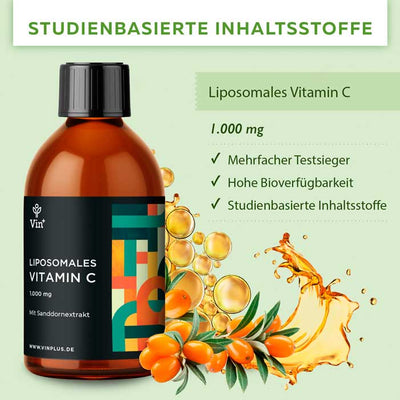Analgesic, antipyretic and calming
If you suffer from a cold, a cold tea can bring some relief, because it not only has a calming effect, but also reduces fever and pain . In addition, the body is supplied with the vital water that it loses through sweating.
Worth knowing about the cold tea

Tea has been around in Europe since the 17th century, so the first imports of this valuable product came about at that time. But since that time, the market for tea has changed a lot and you can get a wide variety of tea varieties and types on the market, as well as cold tea. How the classic cold tea came about can no longer be traced exactly today, but it is assumed that the upper bourgeoisie, who consumed tea daily and very regularly in the 18th and 19th centuries, increasingly realized that tea was also a remedy for colds has a positive effect. After that, experiments were probably carried out with a wide variety of variants and types of tea, so that it was possible to determine which mixture had what effect on the well-being of the patient. The first medical writings, however, only date from the 19th century, in which an increased consumption of tea for colds is suggested.
The cold tea in the 20th century
Then in the 20th century tea became a mass product and all sections of the population had access to it. This was the time when merchants started to sell ready-made tea bags as well, eliminating the need to purchase individually or collect ingredients . Cold tea today is a very common form of tea and this is ultimately due to the fact that many people only consume tea when they have a cold.
Do not immediately reach for the medicines from the pharmacy

If you want to support healing in a natural way and don't want to resort to medication from the pharmacy at the first sign of a cold, you can help yourself with cold tea and support your body naturally. A cold tea is a compilation of a wide variety of herbs and flowers, which often include chamomile and lime blossoms as well as sage leaves. The ingredients that are contained in a cold tea work individually as well as in combination and then they result in an effective remedy for colds. Lime blossoms, for example, make you sweat and this is particularly good for fighting the bacteria that cause the common cold, as these are not resistant to heat. Chamomile, on the other hand, has a healing and calming effect, and sage, with its essential oils, clears the respiratory tract and is therefore particularly helpful when you have a cold that is accompanied by a sore throat and coughing.
The effect of herbal tea

But a cold tea not only contains these three substances, but also other herbs and/or flowers. They all have one goal: to help the body to deal with the pathogens on its own. In combination, they also relieve irritation and support the entire immune system. A cold tea is not intended to be drunk as a "normal" tea, but is only used when you have a cold or a corresponding cold. Which composition of a cold tea you use is very different and varies depending on the symptoms you are suffering from and want to alleviate. The basic version consists of chamomile, sage and linden blossom. Pharmacies, drugstores and supermarkets offer a wide variety of types of cold tea, although it is recommended that you always choose a loose cold tea instead of the ready-made bags, because this is much better in its effect. It is important that you follow the instructions given on the package instructions. A cold tea works through the active ingredients of the herbs dissolved in the warm water, and a cold tea that contains more than four types of herbs must be approved as a medicinal tea. Every cold tea is available without a prescription and alternative practitioners also recommend using this tea when you have a cold. In order for the effect to take effect, it is recommended to drink 4-5 cups throughout the day.
Cold tea: the most important varieties
The word cold tea is actually a generic or collective term and not a single drink that is defined in the rules with its ingredients and processing. It is important that a range of herbs are used in a cold tea. Common recipes use, for example, crushed fennel, chamomile blossoms, strawberry leaves, hibiscus blossoms, blackberry leaves, rose hips, linden blossoms, lemon balm leaves, nettle leaves and elderflowers.
The advantages of cold tea over conventional medicines
As a tea composition, herbs have a comprehensive effect and the advantage of the tea is that it not only has a monocausal effect, but holistically. For example, the antibiotics or the nasal spray only work against a cold symptom, but the cold tea works several times due to the combination of the most diverse herbs and its diverse effects. The cold tea thus helps in a completely natural way to get well again quickly. Scientific studies have already proven the effectiveness of cold tea and even the pharmaceutical industry has developed many medicines based on herbs, such as aspirin, which originally came from willow bark. Willow bark contains the active ingredient acetylsalicylic acid, which reduces fever and so aspirin is also used for colds, whereby the natural way in the form of a tea helps equally!
Sources: German Society for General Medicine and Family Medicine. Sore throat. DEGAM; 2009. ( Source ) Federal Institute for Risk Assessment (BfR). Use of vitamins in food. Berlin: BfR. 2004. ( source )








